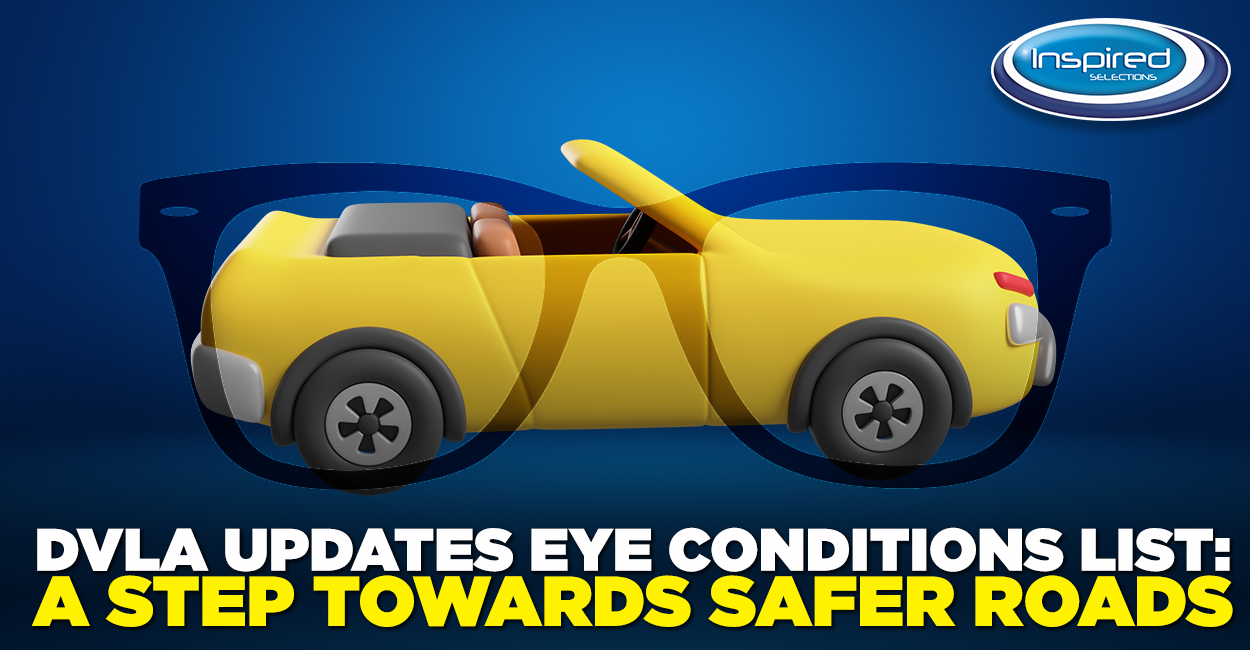
The Driver and Vehicle Licensing Agency (DVLA) in the UK plays a crucial role in ensuring road safety by setting guidelines and regulations for drivers. Recently, the DVLA announced updates to its eye conditions list, aiming to enhance road safety and better accommodate individuals with certain eye conditions. In this blog post, we will explore the significance of these updates and their impact on drivers and road safety.
Background: DVLA Eye Conditions List
The DVLA maintains a list of medical conditions that can affect a driver’s ability to safely operate a vehicle. This includes various eye conditions that may impact visual acuity, peripheral vision, or depth perception. Until recently, individuals with specific eye conditions faced restrictions or disqualifications from holding or renewing their driving licenses. However, recognizing advancements in treatments and technologies, the DVLA has reviewed and updated its eye conditions list to better align with current medical practices and evidence.
The Importance of Updating the Eye Conditions List
- Improved Medical Understanding: Advances in medical research and treatment options have led to a better understanding of various eye conditions. By updating the eye conditions list, the DVLA can reflect the latest knowledge, ensuring a more accurate assessment of an individual’s driving ability.
- Individualized Assessment: The updates to the eye conditions list allow for a more individualized approach to evaluating driving fitness. Instead of a blanket disqualification, drivers with certain eye conditions can now be assessed on a case-by-case basis, taking into account their specific visual capabilities and any necessary adaptations or assistive devices.
- Accessibility and Inclusivity: The updated list promotes inclusivity and accessibility for individuals with certain eye conditions. With advancements in treatments and visual aids, many people with previously disqualifying conditions can now safely operate vehicles, given appropriate measures and support.
Impact on Drivers and Road Safety
- Enhanced Opportunities: The updated eye conditions list provides individuals with previously disqualifying conditions the opportunity to regain or retain their driving licenses. This can significantly improve their quality of life, independence, and mobility.
- Stricter Monitoring and Assessment: The updated list also emphasizes the importance of regular eye examinations and monitoring. Drivers with certain eye conditions may be required to undergo more frequent assessments to ensure that their vision remains suitable for driving. This proactive approach contributes to ongoing road safety.
- Collaborative Decision-Making: The updates encourage collaboration between drivers, eye care professionals, and the DVLA. By involving medical experts in assessing individual visual capabilities, decisions regarding driving fitness can be made in a more informed and comprehensive manner.
The DVLA’s decision to update its eye conditions list demonstrates a commitment to ensuring road safety while considering advancements in medical knowledge and technologies. By adopting a more individualized approach, the DVLA aims to provide opportunities for individuals with certain eye conditions to continue driving safely. It is crucial for drivers to consult their eye care professionals and undergo regular eye examinations to maintain optimal vision and adhere to any necessary restrictions or adaptations. Together, these efforts contribute to safer roads, increased inclusivity, and improved quality of life for individuals with certain eye conditions.














